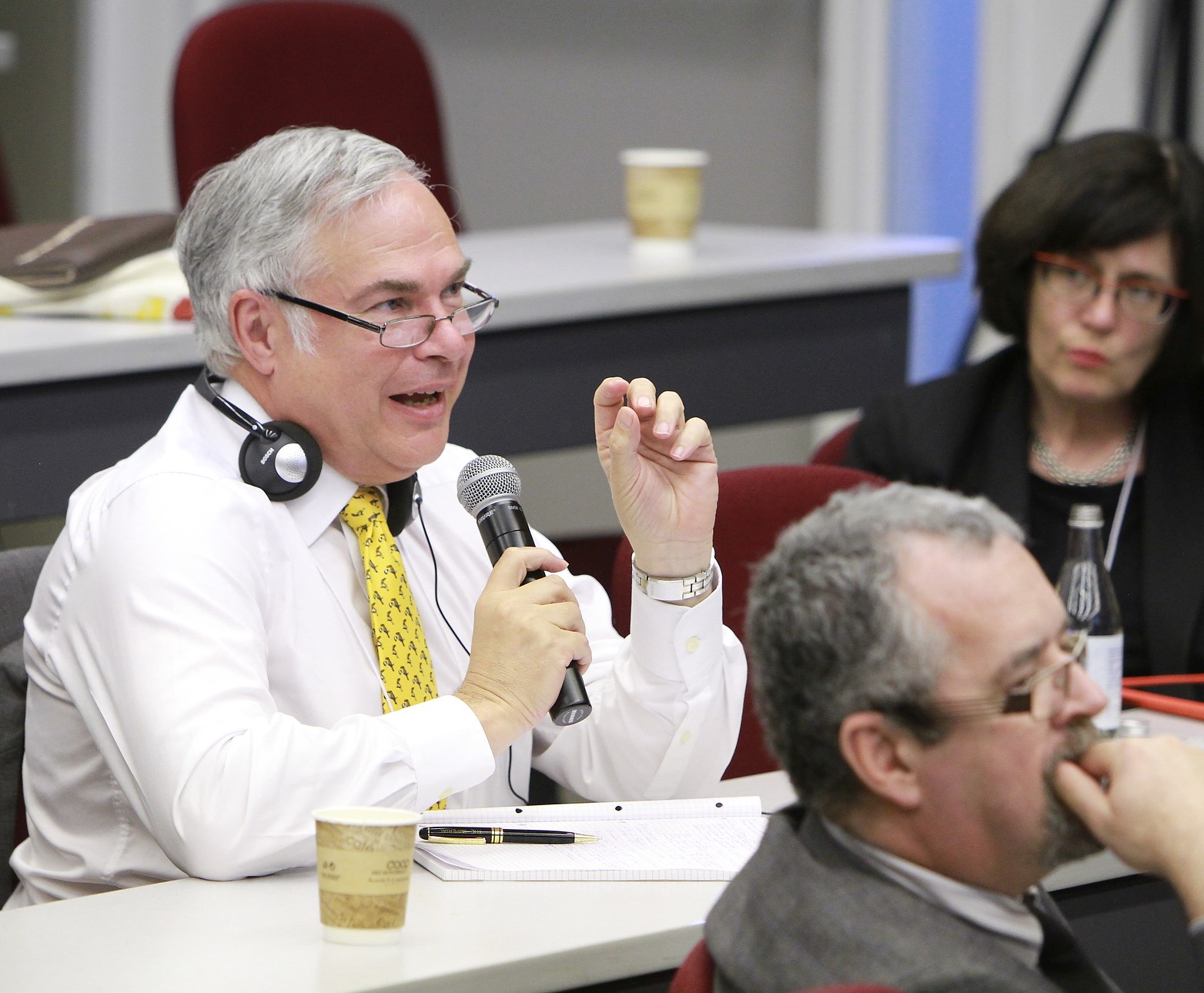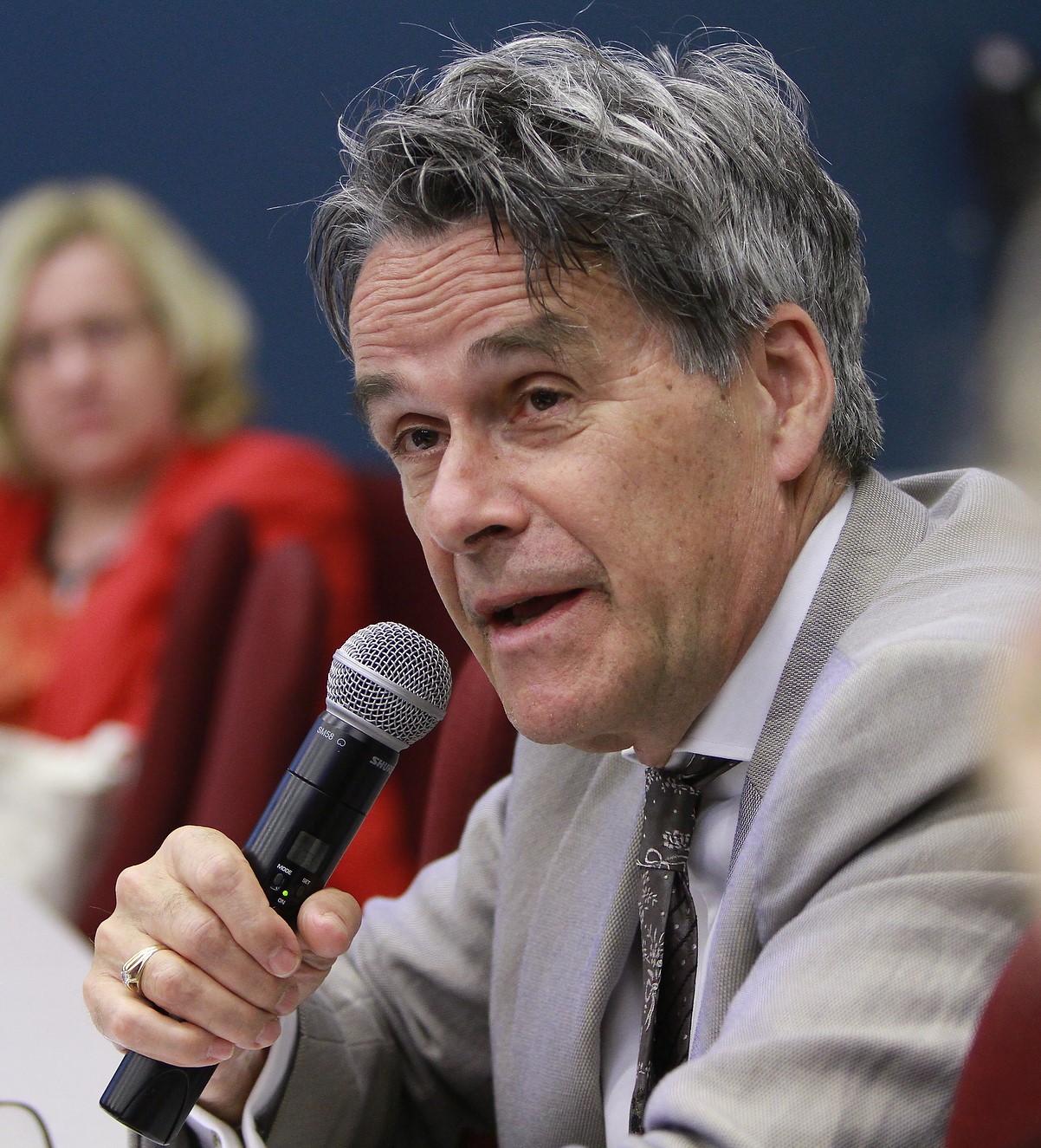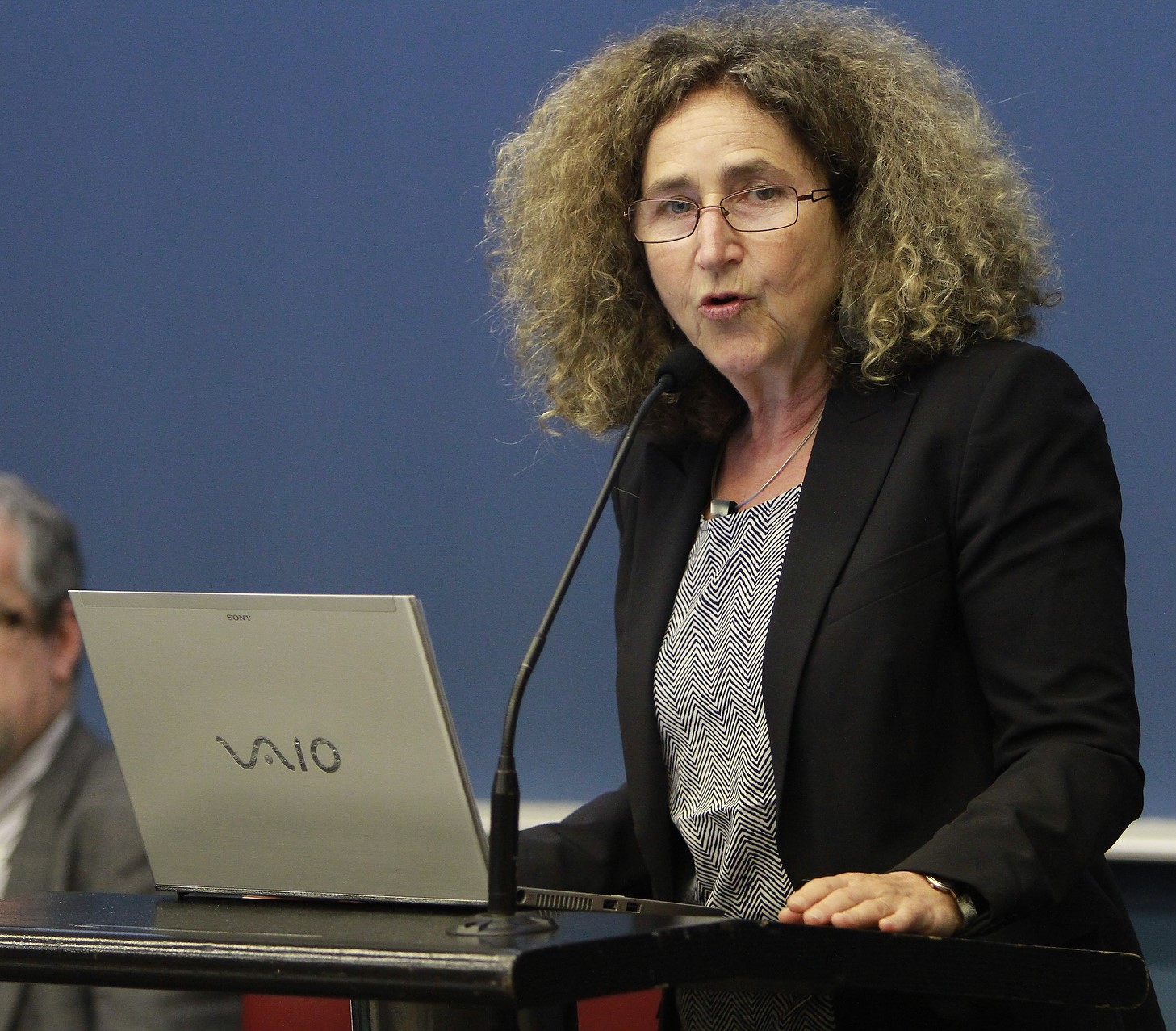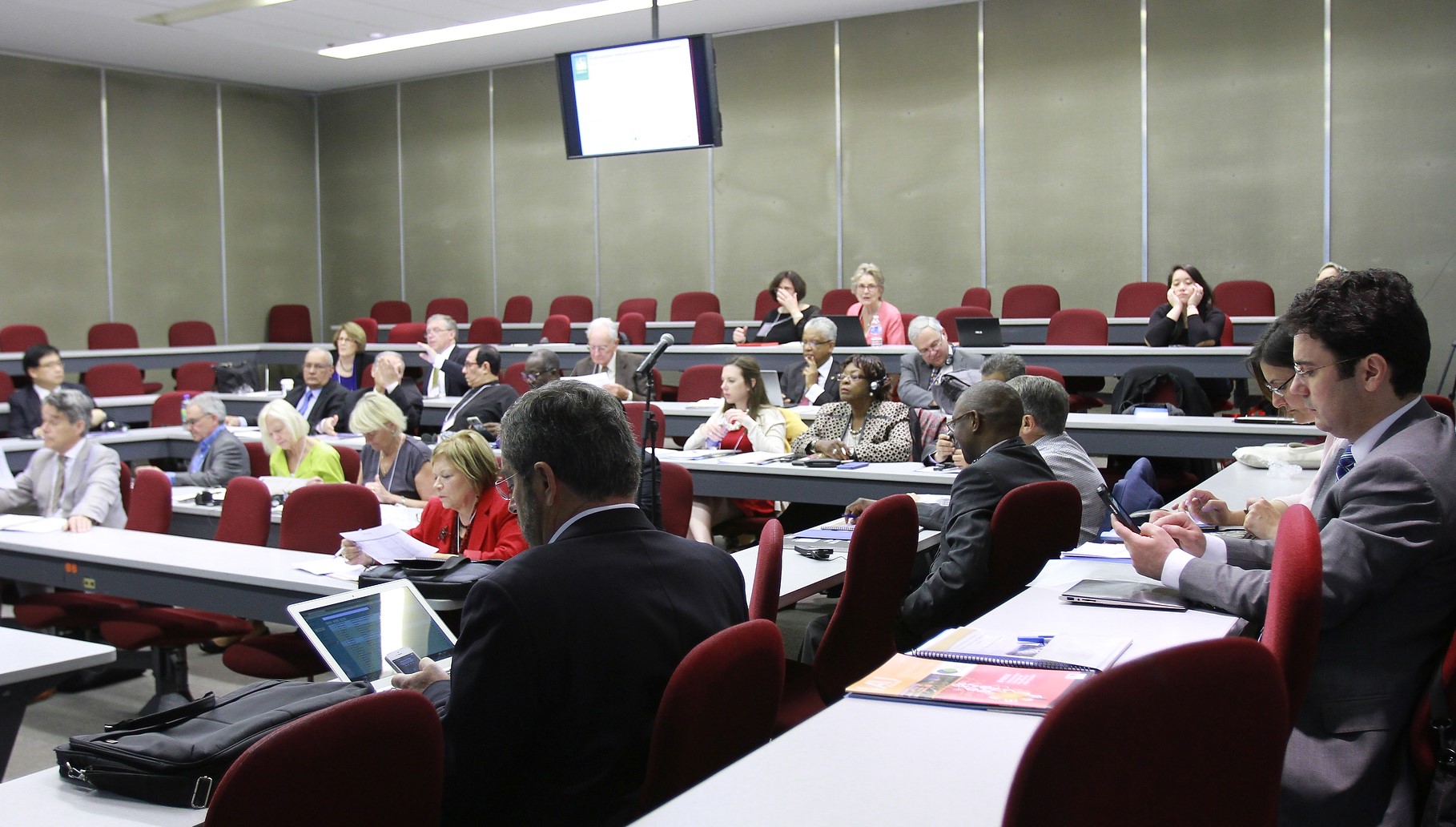Social innovation: reflections from the Global Meeting of Associations 2015 Dr. Sijbolt Noorda – President David Lock – Secretary-General
Date:
Event location: Montreal
Type: Special Events
‘Social innovation: challenges and perspectives for higher education’ was the title of the 6th Global Meeting of Agencies held in Montreal in May 2015. It was organised by the International Association of Universities with the Inter-American Organisation for Higher Education and hosted by the Université de Montréal, QC, Canada.
The inspiration for the theme was a response to innovation being seen largely in technological terms and a view that for societies to face global and local challenges in a sustainable way requires also social innovation.
Social innovation was defined as…’a dynamic that, in response to current clearly defined social needs, offers more appropriate and more sustainable solutions. Social innovations taken up by an institution, an organisation, or a community offer measurable benefits for the collective, rather than for simply for certain individuals. The impact of social innovation is transformative and systemic. By its inherent creativity, social innovation represents a break from what is.’ (Conference programme; p2)
The conference focussed on the role that universities can play with regard to social innovation for the benefit of society locally and internationally.
An official report on the conference can be accessed on the IAU website http://www.iau-aiu.net/ What follows is our reflections on the conference; comprising examples of achievements of social innovations, some of the challenges for universities that emerged from the proceedings, impressions of where there was general agreement and some concluding thoughts on the values that are required to underpin greater social innovation on the part of universities.
Social innovation: range of achievements
Although not all of the achievements cited at the meeting complied strictly with the definition above, there was a broad range of evidence that the concept was attracting attention and that there was early evidence of its impact.
Students were central in some initiatives. There were examples of students working with school children, some in under-privileged neighbourhoods. In some cases this was organised by student unions. Students also participated in ‘social innovation laboratories’.
There were situations where a more inter-disciplinary approach was being taken in research to address community or societal problems. The communication of findings was being done in a way that was more accessible to a wider group of people than is normally the case with academic research. Communities of practice were being formed.
Evidence was given of universities becoming involved with policy makers on the wider implications of new technologies and public-private partnerships being formed to prosecute research. Examples were cited of improvements and efficiencies in public sector services as a consequence of addressing them from a diversity of perspectives. Major economic regeneration schemes, with universities at their heart, were engaging community partners and having demonstrable benefits on serious social issues.
Social innovation: the challenges
These achievements did not come naturally to some universities. Typically universities were being expected to do more, with less and do it under greater public scrutiny, thereby putting greater pressure on their leaders and staff.
Of the many and diverse purposes that universities exist to serve, in many places greater emphasis was being placed on preparation for employment and activities which resulted in economic benefits, relative to the longer-term, social and cultural reasons for having universities. However, there was pressure to deliver outcomes which were sustainable.
In a ‘knowledge society’, with pressure on universities to engage in the co-creation of knowledge, there were internal and external issues for leaders as to how staff might be motivated to engage in this wider process without detriment to their personal recognition, reward and promotion. The required shift from ‘individual scholarship’ to a ‘societal focus’ was a challenge as was the organisation of universities to facilitate effective inter-disciplinary working. There was a concomitant need for the funding model to be adjusted to accommodate these expectations.
There was a need to interact more effectively with external stakeholders, both on the part of university leaders and those engaged in knowledge creation. The ‘ownership’ of responsibility for social innovations may need to be shared to a greater extent than universities are used to.
Traditionally universities were among the more conservative types of organisations and took longer to change than those which were more nimble. The challenge posed by ‘the future being here before we are ready for it’ required new methods of working. As did the need to include in the decision making process those minorities or less vocal or powerful elements of society, the meeting of whose needs would benefit from social innovation.
The challenge of how to measure the impact of social innovation needed to be addressed so that performance measure could be built into universities’ planning processes.
Finally, the challenge of ensuring that students benefitted from both the process and the social innovations resulting was one which university leaders needed to address. The inclusion of a greater element of practical experience into academic programmes, although difficult in some cases, was likely to be beneficial.
Social Innovation: impressions of where there was general agreement
While not seeking to reach general agreement, discussions did reveal some commonly held views.
The first of which was that universities were in a privileged position and did have the power to act. They were able to work together towards developing a common vision that could influence governments across the globe. Public support for universities will depend on how responsibly and effectively they respond to social issues, even though the measurement of impact was difficult.
The creation of trust between universities and between universities and stakeholders was vital for success. The traditional ways of measuring the standing of universities, such as league tables, were not able to depict a university’s success in terms of social innovation and thought should be given to alternative ways of communicating their impact.
Social innovation should be seen more a process than a series of outcomes.
Research should be seen to be relevant and communicated in a way that was understandable by audiences and stakeholders outside higher education. More research should be inter-disciplinary and there should be more ‘de-colonisation of knowledge’. The selection of research topics should be made after consideration of its social impact. Perhaps greater priority should be given to new researchers who were less constrained by single disciplines.
Social innovation should be included as a section in the strategic plan of universities with appropriate strategies for implementation.
Concluding thoughts on the values required to underpin greater social innovation on the part of universities
The autonomy enjoyed by universities is essential for each to develop its unique role(s) in its local, national and international circumstances. Its roles in relation to its students, staff and community (ies) are all important and universities should value the reality of their unique situation. They should be aware of the responsibility of being responsive to the issues in sensitivities of their communities.
As changes become less predictable and as they occur at a faster pace, the importance of fundamental values as a compass by which to make decisions becomes greater, especially where there are no precedents.
Maintaining academic freedom is also vital if universities are to achieve maximum commitment from academic staff. The exercising of this within a clearly defined corporate purpose is likely to result in greater impact.
Universities should continue to value their role in the transmission of culture and to continue to adopt a longer term perspective.
Perhaps the explicit responsibility to achieve social innovation could be included as a core value along with the adoption of a clearly articulated ethical approach to all stages of the process.
Closing comment
Readers wishing to comment on the issues raised above are welcome to do so and should send contributions to davidjohn.lock@unibo.it



